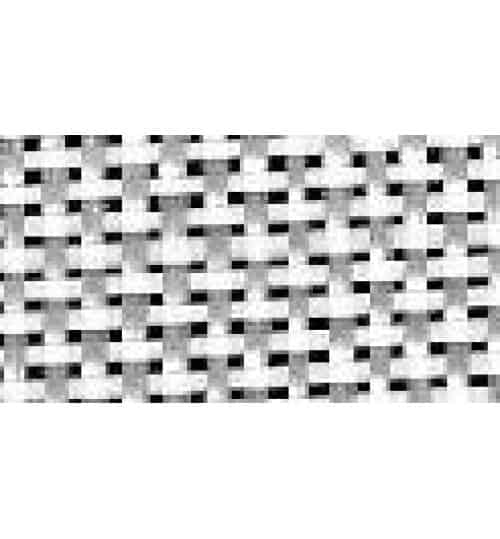Depending on the job at hand, we offer a few types of fiberglass cloth to choose from and different cloths are used for different jobs. They are available in different widths and are sold by the roll or yard.
Mat– This mat is used for parts and is great for not showing fiberglass patterns through gelcoat. Mat has many small fibers thrown together on a binder and is the most used, basic cloth. There is no specific direction to the fibers, making them strong and light. Sold in ¾ oz up to 2 oz thickness.
Woven Roving-This weave has long fibers weaved together like a cloth. It is extremely thick and durable making it heavier than other fiberglass materials. This often shows pattern through gelcoat and is used for heavy-duty items. Sold in 18 and 24 oz thickness.

Woven Roving
Double Bias Non Woven- 1808, the first number is the woven roving thickness (18oz) and 08 is the mat thickness (3/4 oz). This is a combination of woven roving on one side and mat on the other, making it very durable and usually used for boat and house decks as it is very rigid.
Fiberglass Cloth– This is sold in 4, 6, 8 and 10 oz thickness and is very fine. While being rigid it is also used for anything that is see-through, such as surfboards as it’s thin, lightweight, and shows well with clear resin.
